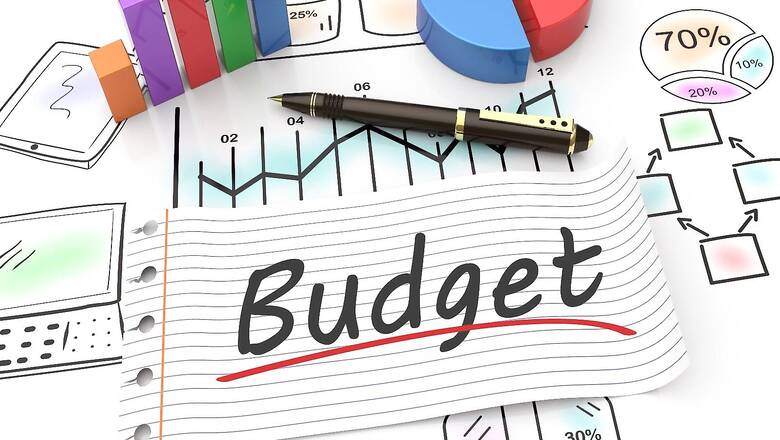
views
The world is emerging from more than two years of a pandemic-induced economic slowdown, while also grappling with the impact of the war in Ukraine, and inflationary pressures resulting from increased spending counter the fallout from lockdowns due to COVID-19. India is no different and has limited fiscal space to increase spending. While on target to achieve a fiscal deficit of 6.4 per cent this financial year, significant efforts are needed to meet the target of 4.5 per cent set for FY26. As the last full Budget before next year’s general elections, all eyes were on this year’s Budget to see the direction the government would take on India’s economic roadmap.
The reality of this situation created a need for a budget that while prudent in outlay, also ensured the upliftment of the most vulnerable, reduced inequality, and drove grassroot level development to ensure that no one is left behind. Thus, there was a need for reprioritisation, with an increased focus on inclusive development, green growth, last mile delivery, youth, agriculture, and rural development. In addition, there has been a recognition that efficiency needs to be ramped up as well, and the budget places a focus on technology driven, digital interventions to drive service delivery.
While allocation to most schemes has remained mostly the same, some strategic schemes have seen increased allocations, and new schemes have been announced to ensure that no one is left behind. Existing schemes like Jal Jeevan Mission and the Pradhan Mantri Awas Yojana – Grameen have seen a significant jump in outlay. New schemes have also recognised the need for efficiency by creating integrated schemes for delivery of social services and basic infrastructure. The Pradhan Mantri Particularly Vulnerable Tribal Groups Development Mission (PMPVTGDM), for which Rs. 15,000 crore has been allocated, and the Aspirational Blocks Programme, both aim to ensure delivery of basic infrastructure to areas which are currently lagging, thus ensuring holistic social development.
The agriculture sector also saw several announcements to drive efficiency, improve cropping patterns and create livelihood opportunities with the announcement of the Clean Plant Program, an Agriculture Accelerator Fund, push for the creation of storage infrastructure, and increased targets for agriculture credit.
Bolstering its credentials for inclusive development and gender sensitive growth, the government has announced a plan to bring together India’s 81 lakh women self-help groups (SHGs) to create large producer enterprises who shall be trained to professionally manage their entrepreneurial endeavours and provided with quality materials to create enhanced products and PM VIKAS, a new scheme to support artisans and handicraft creators and integrate them into the MSME value chain.
The health sector also saw future-looking policies on research and development. The government also announced a mission to eliminate sickle cell anaemia, a disease which disproportionately impacts vulnerable groups, especially tribal people, by 2047, showing a commitment to solving large scale public health issues.
However, there are still some areas which need to be addressed. The allocation to the Mahatma Gandhi National Rural Employment Guarantee Scheme (MGNREGS) has seen a further reduction, a continuing trend. With unemployment in rural India steadily increasing, such a decision may need to be relooked at when the revised estimates of the budget are released.
Furthermore, while large medical health infrastructure has been identified as a priority area, outlay on pharmacovigilance and disease preparedness have not seen a major increase. As we see increased reports of adverse drug reactions (ADR) and instances of animal to human transmission of zoonotic diseases, there is a need for specialised infrastructure and focus in these areas.
Largely prudent and responding to immediate social sector needs, we will need to see how these reforms play out. However, it is safe to say that the budget has created a platform on which the most vulnerable persons in society can be served through government programmes in an efficient, integrated, and sustainable manner.
(The author is partner (public sector consulting) at Grant Thornton Bharat)
Read all the Latest Business News here


















Comments
0 comment